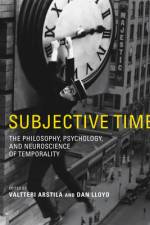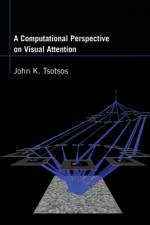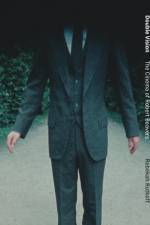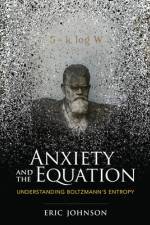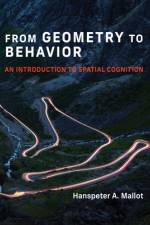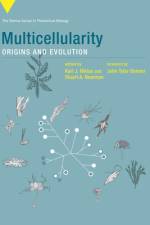- The Philosophy, Psychology, and Neuroscience of Temporality
av Valtteri Arstila
1 081
Interdisciplinary perspectives on the feature of conscious life that scaffolds every act of cognition: subjective time. Our awareness of time and temporal properties is a constant feature of conscious life. Subjective temporality structures and guides every aspect of behavior and cognition, distinguishing memory, perception, and anticipation. This milestone volume brings together research on temporality from leading scholars in philosophy, psychology, and neuroscience, defining a new field of interdisciplinary research.The book's thirty chapters include selections from classic texts by William James and Edmund Husserl and new essays setting them in historical context; contemporary philosophical accounts of lived time; and current empirical studies of psychological time. These last chapters, the larger part of the book, cover such topics as the basic psychophysics of psychological time, its neural foundations, its interaction with the body, and its distortion in illness and altered states of consciousness. ContributorsMelissa J. Allman, Holly Andersen, Valtteri Arstila, Yan Bao, Dean V. Buonomano, Niko A. Busch, Barry Dainton, Sylvie Droit-Volet, Christine M. Falter, Thomas Fraps, Shaun Gallagher, Alex O. Holcombe, Edmund Husserl, William James, Piotr Jaśkowski, Jeremie Jozefowiez, Ryota Kanai, Allison N. Kurti, Dan Lloyd, Armando Machado, Matthew S. Matell, Warren H. Meck, James Mensch, Bruno Mölder, Catharine Montgomery, Konstantinos Moutoussis, Peter Naish, Valdas Noreika, Sukhvinder S. Obhi, Ruth Ogden, Alan o'Donoghue, Georgios Papadelis, Ian B. Phillips, Ernst Pöppel, John E. R. Staddon, Dale N. Swanton, Rufin VanRullen, Argiro Vatakis, Till M. Wagner, John Wearden, Marc Wittmann, Agnieszka Wykowska, Kielan Yarrow, Bin Yin, Dan Zahavi



